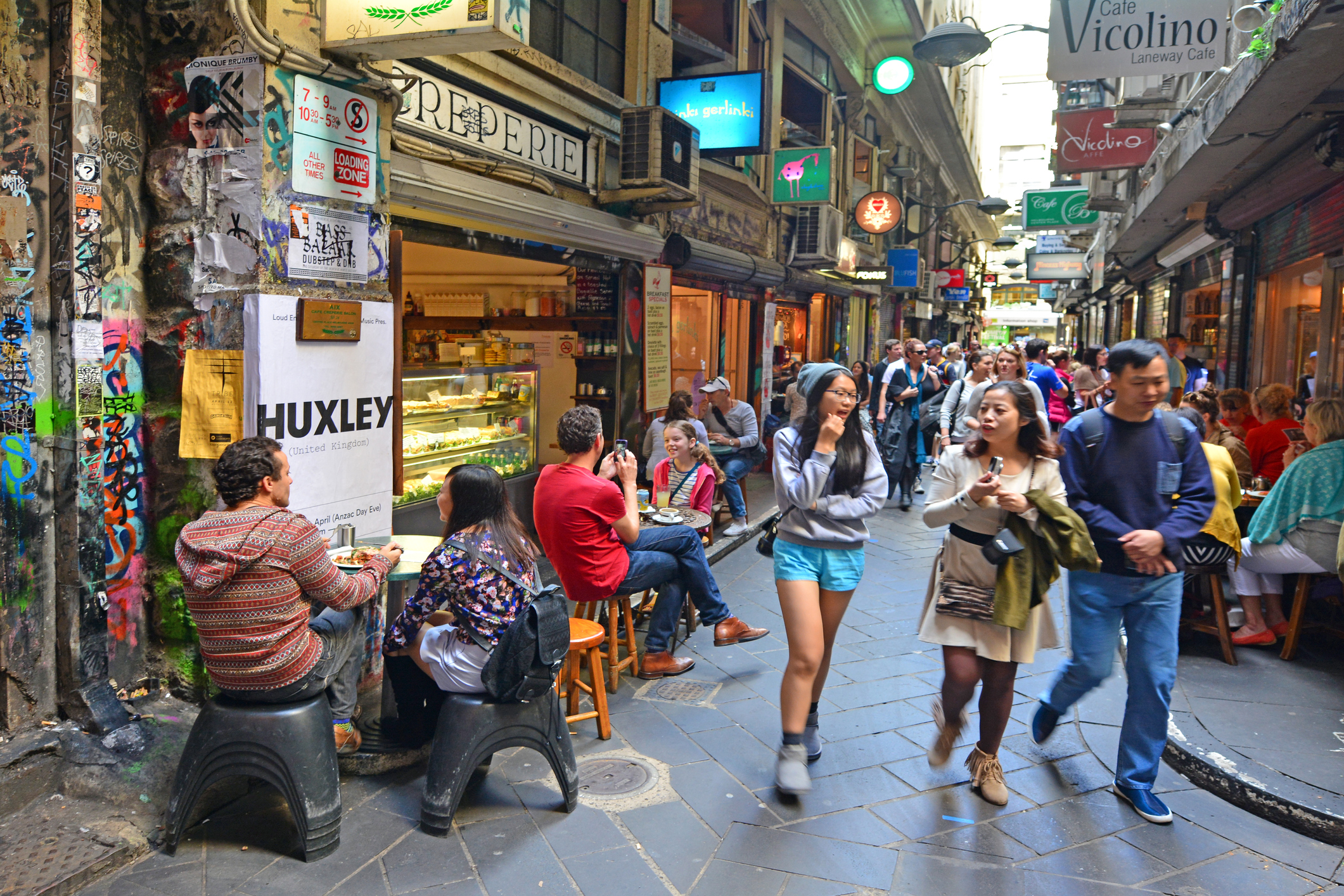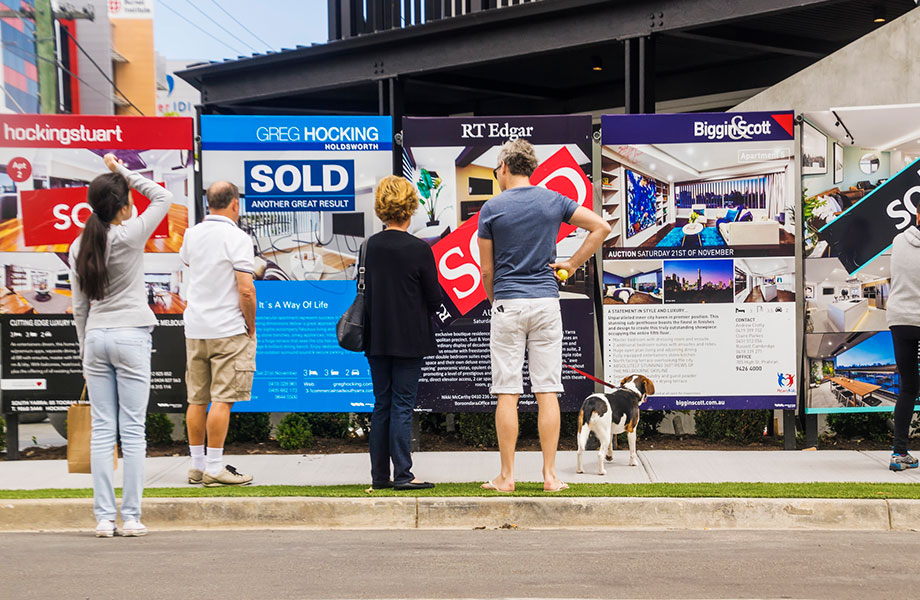Chinese Buyers Snub Sydney for Melbourne
Melbourne is Australia’s most popular city for Chinese property investment, according to a new report from real estate platform Juwai.com.
There are now 3.5 million millionaires in mainland China, and wealth per adult has more than quadrupled over the past six years, Juwai's 2019 Outlook for Chinese Residential Real Estate Buying report revealed.
And with the bruising US-China trade war potentially deterring Chinese investors from new acquisitions of U.S. real estate, Juwai.com chief executive Carrie Law believes this opens the door for further investment opportunity on our shores.
“Some of those investors may turn to Australia as a natural alternative. The trade war could mean more Chinese investment for Australia,” Law said.
Australia’s most popular cities for Chinese buyers’ last year were Melbourne, Sydney, Brisbane, Adelaide and Canberra according to Juwai’s report.
While the most popular regional destinations were the Gold Coast, Newcastle, the Sunshine Coast, Cairns, Wollongong, and Geelong.
Related: Foreign Investment in Residential Fell 69% Last Year

“Victoria will continue to receive the greatest share of Chinese residential investment — both by offshore and local Chinese buyers,” Law said.
“The state, according to Foreign Investment Review Board data, receives about $4 of foreign real estate investment for every $3 that goes to New South Wales and for every $2 that go to Queensland.
“Melbourne retains clear advantages over Sydney in terms of lifestyle, prices, and also a foreign buyer stamp duty that at seven per cent is one point lower than the New South Wales equivalent.”
Law maintains Sydney will keep its runner-up position.
“We see no chance Sydney will lose its number-two spot this year.”
While official statistics show that 62 per cent of Chinese tourists visit Sydney, the report notes that only 50 per cent go to Melbourne, while one-quarter visit the Gold Coast.
“In Brisbane, Chinese buying is driven in large part by families whose children are studying in the city and want to house them in a property they themselves own,” Law said.
More than 33,000 mainland Chinese students were studying in Queensland last year, this number up from 21,000 in 2015. A 57 per cent increase in four years.
Related: Chinese Investment in Australian Real Estate Fell 27%

China’s latest national bureau of statistics data reveal its economy grew 6.6 per cent last year, its slowest pace in almost three decades.
This is also down from 6.8 per cent in 2017.
Law believes Beijing’s income-tax cut and other policy support reflects China’s GDP growth rate will not drop below 6.2 per cent this year.
“Much has been made of the weakness in the Chinese Yuan and how it may restrain overseas investment. In the case of Australia, we disagree.
“The Yuan is now about six per cent higher against the Australian dollar compared to this time last year.
“That means the relative advantage in currency rates is in favour of Australia compared to other major countries.”
Pull factors?
This year Juwai.com expects Chinese buyers to continue to focus their demand on new apartments and house and land packages.
“Outer suburbs where new estates are going up are stealing buyers away from more traditional inner-city locations,” Law said.
“Where developers or third parties can provide financing, demand is likely to follow.”
After all the numbers are in, Juwai.com estimates that mainland Chinese buyers will have spent as much as US$129.3 billion on global real estate in 2018.
A growth rate of about three-to- eight per cent over 2017 levels.
But Law says there are still a number of restraints on Chinese acquisitions of Australian property at rates much lower than actual demand.
“The huge reservoir of Chinese demand is like water held back by a dam.
“That dam consists of capital controls, onerous Australian foreign buyer taxes, and the difficulties obtaining financing in Australia.
“A substantial change in any of these areas could lead to a corresponding increase in buyer activity.”















